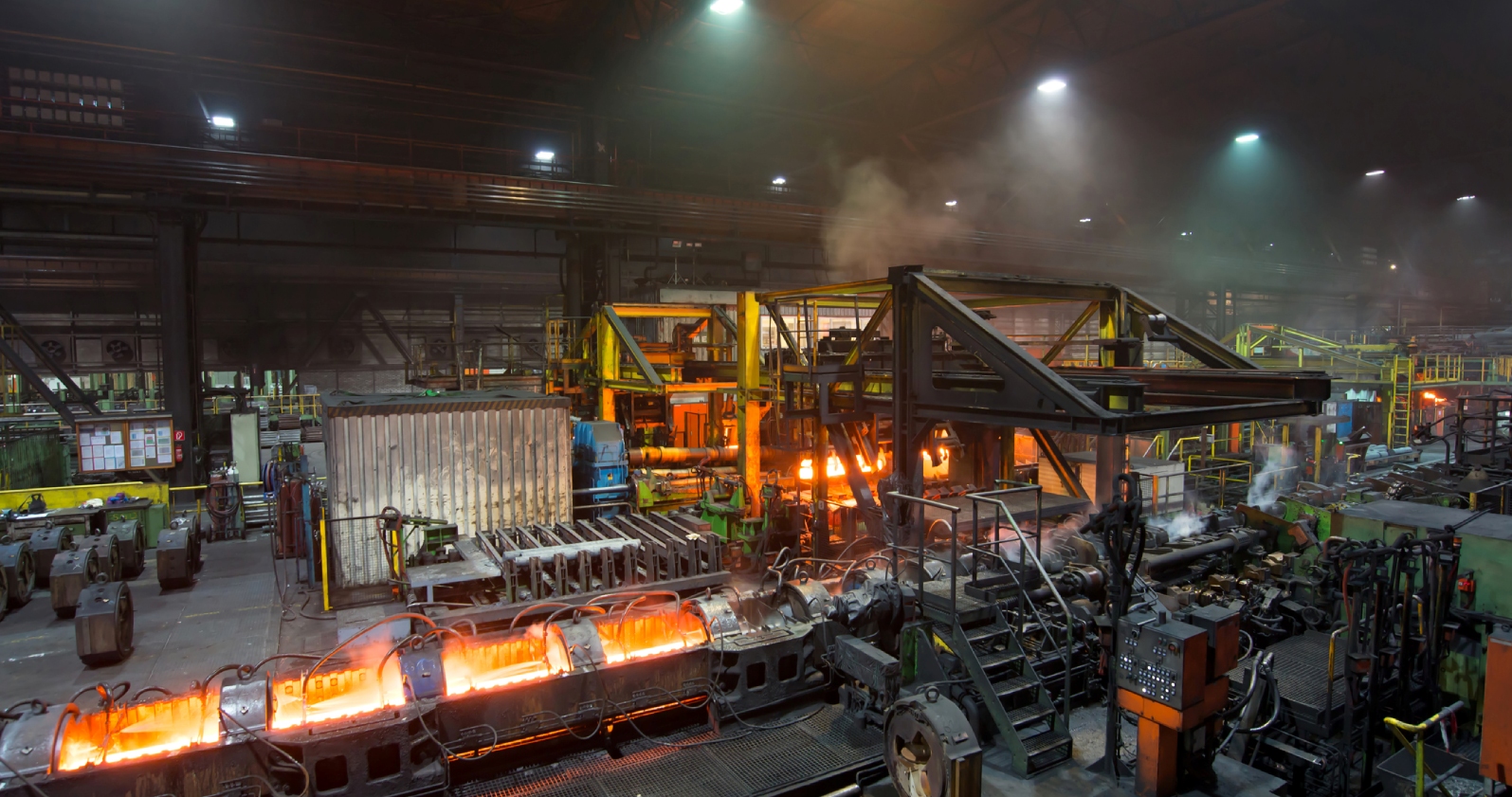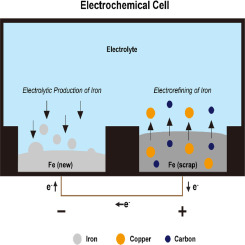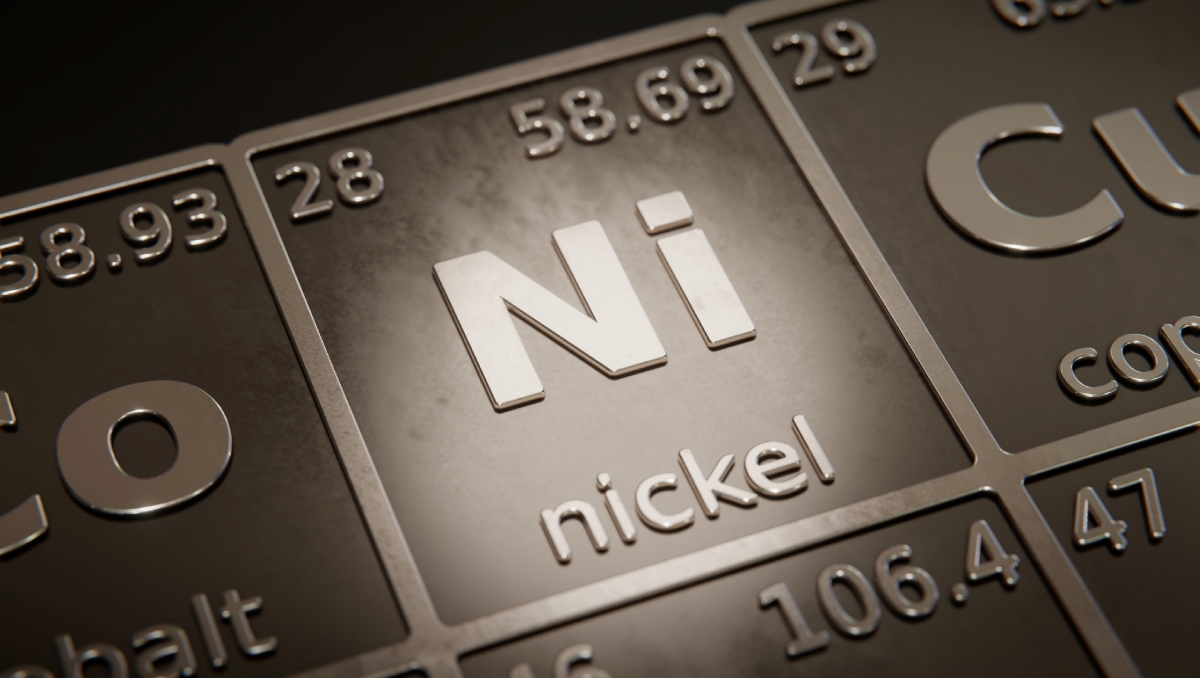How Electrorefining Could Benefit Steel Recyclers

Date

The Electrofining Process
Source: www.ScienceDirect.com
The Future Of Steel Recycling
Steel recycling is a vital process for reducing greenhouse gas emissions and conserving natural resources. However, the presence of impurities like carbon and copper in scrap materials has long posed challenges for recyclers. Traditional methods often fall short of effectively removing these contaminants, limiting the quality of recycled steel. A new technique called electrorefining, specifically designed to tackle these issues, is set to revolutionize the industry and offers significant benefits for recyclers of steel.
Understanding the Challenge
The steel industry is one of the largest contributors to global carbon emissions, with traditional steelmaking processes releasing significant amounts of CO2. While recycling steel using electric arc furnaces (EAFs) can drastically reduce these emissions, the quality of recycled steel often suffers due to the presence of tramp elements like copper and carbon. Copper, in particular, is a major concern because it can cause various metallurgical problems in the final product.
Currently, there is no widely adopted method for effectively removing copper from molten iron during the recycling process. As a result, the steel industry faces limitations in producing high-quality steel from recycled materials, especially for industries that demand low-copper steel, such as automotive manufacturing.
The Electrorefining Breakthrough
Researchers have developed an innovative oxysulfide electrolyte for electrorefining that significantly improves the steel recycling process. This new method is designed to remove both carbon and copper impurities from molten iron, resulting in higher-quality recycled steel. By applying an electromotive force, the electrorefining process drives non-spontaneous electrochemical reactions that extract these impurities, achieving refining efficiencies far superior to traditional methods.
One of the most significant advantages of this process is its ability to reduce copper levels to as low as 0.079% from an initial concentration of 0.43%. This level of refinement is crucial for producing steel that meets the stringent requirements of industries such as automotive manufacturing, where even small amounts of copper can cause defects.
Benefits For Recyclers
For recyclers, the adoption of electrorefining could offer numerous advantages. By integrating this technology into existing operations, the company could produce higher-quality steel with fewer impurities, making their recycled steel more competitive in the market. This would open up new opportunities in industries that require low-copper steel, such as automotive and construction.
Additionally, the electrorefining process is scalable and can be seamlessly integrated with existing EAF operations, minimizing the need for significant infrastructure investments. This makes it an economically viable option for scrap metal recyclers looking to improve their refining capabilities.
Environmental and Economic Impact
Beyond the immediate benefits to steel recyclers, the widespread adoption of electrorefining could have a profound impact on the steel industry as a whole. By enabling more efficient recycling of steel, this technology could help reduce the industry’s carbon footprint and contribute to global efforts to combat climate change. Moreover, the production of higher-quality recycled steel could reduce the demand for primary steel production and help conserve natural resources and lowering emissions.
In conclusion, electrorefining represents a significant advancement in steel recycling technology, offering a promising solution to the challenges posed by impurities like carbon and copper. For companies that recycle metals, embracing this innovation could lead to improved product quality, expanded market opportunities, and a stronger commitment to sustainability. As the steel industry continues to evolve, electrorefining could play a key role in shaping its future.
Visit ScienceDirect.com to learn more.



